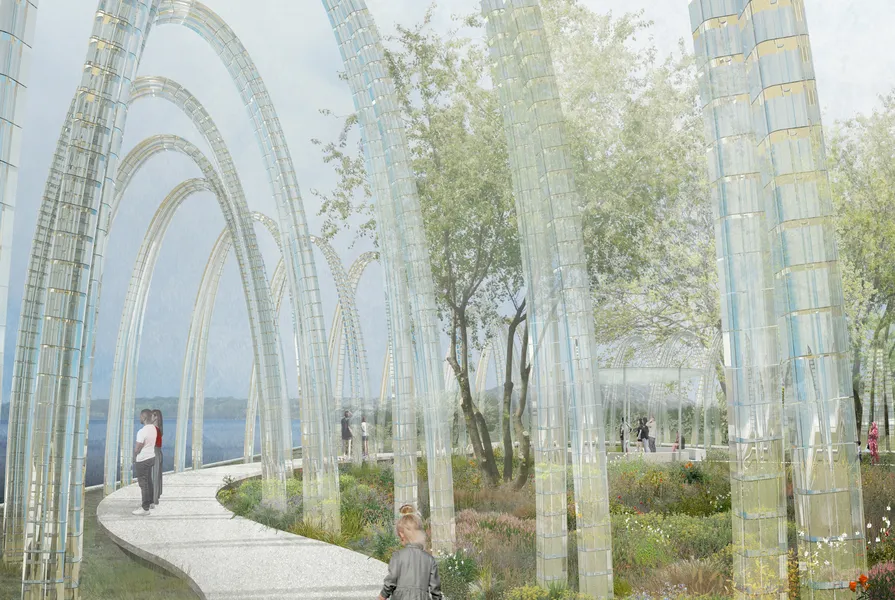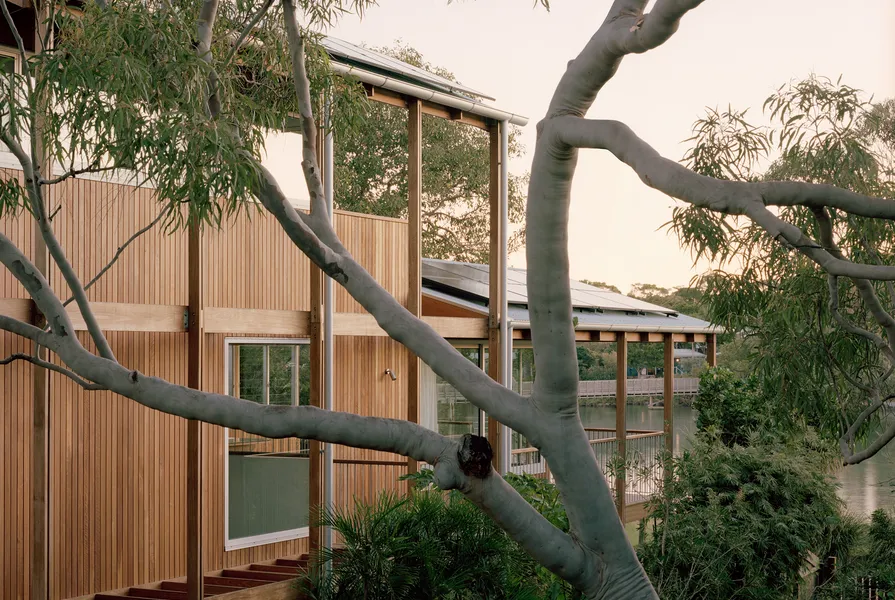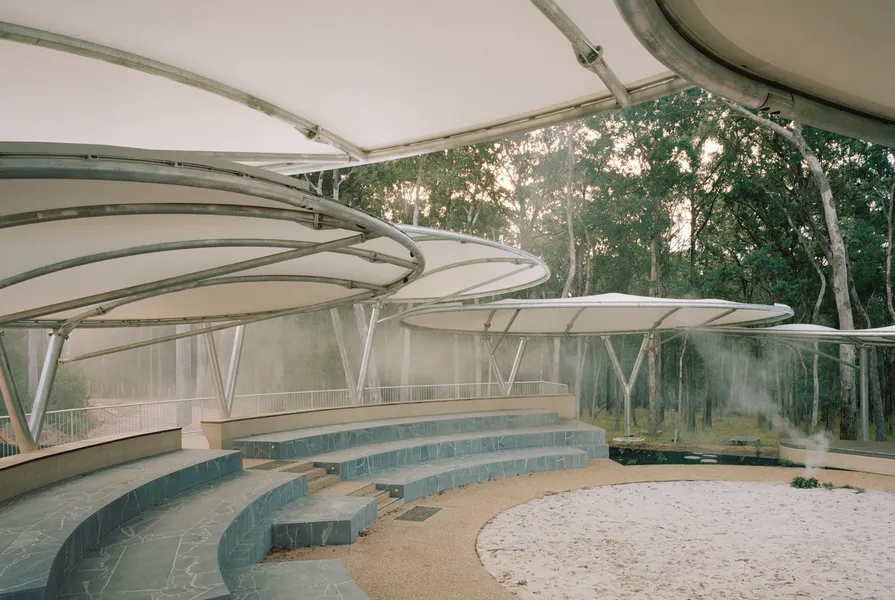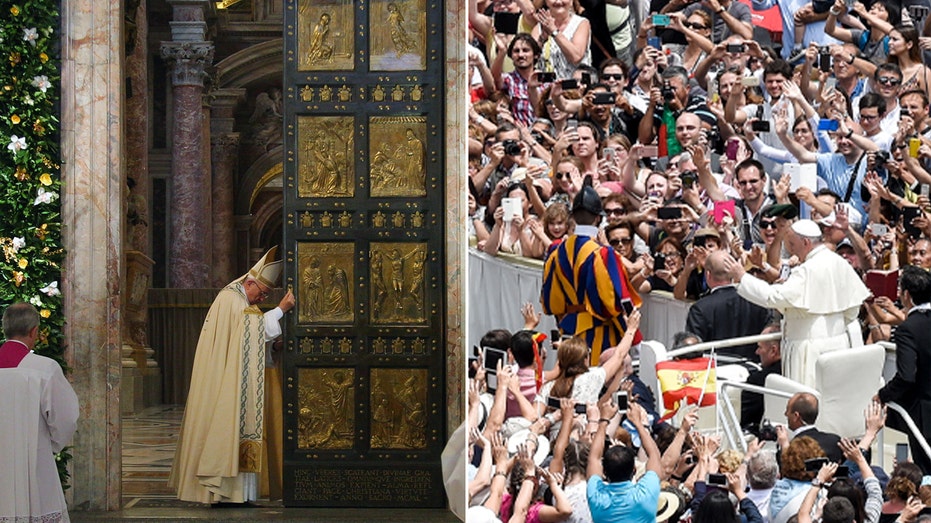- by architectureau
- 24 Nov 2024
Architects
Architects Jessica Spresser and Peter Besley said they were ?blind sighted? by a government decision to axe their design for National Memorial for Victims and Survivors of Institutional Child Sexual Abuse.
- by architectureau
- 16 Feb 2024
- in architects

The Australian Government Department of Social Services has terminated the competition-winning design for the National Memorial for Victims and Survivors of Institutional Child Sexual Abuse in Canberra by architects Jessica Spresser and Peter Besley, citing "complex construction challenges."
Spresser and Besley said they were "blind sighted" by the decision to axe their design, after being informed by a journalist for The Australian in early February 2024.
The article had uncovered that the project had been secretly terminated in November 2023.
"We're a little bit bewildered by what happened," Besley said. "It just got axed in silence. We were just not expecting it to be honest."
Besley and Spresser stressed that they had enjoyed a good working relationship with the government project team, but, in the months leading up to the revelation, they had stopped receiving responses to their repeated inquiries on project updates.
Since the publication of The Australian article, the Department of Social Services (DSS) has updated its website and outlined the reasons for the termination.
Spresser and Besley's winning concept, "Transparency and Truth", proposed a series of catenary arches to be made from glass blocks with a meandering path encircling a meadow of perennial grasses and wildflowers.
The DSS website states that in 2022-23, "The design concept underwent technical assessments, which revealed complex construction challenges. The department worked with the National Capital Authority, in consultation with Mr [Peter] McClellan [former chair of the Royal Commission into Institutional Responses to Child Sexual Abuse] and the advisory group to attempt to resolve this. It was agreed the design challenges were too complex to resolve."
"The department and the National Capital Authority worked closely to explore options to resolve the design challenges and engaged with the National Memorial Advisory Group on these options. This consultation determined the selected design had unacceptable technical risks and a protracted timeframe.
"In addition, the assessment was unable to determine whether the design would have long-term durability in Canberra's climate."
Besley and Spresser disagree with the assessment. "We had produced a detailed, proof-of-concept report," Spresser said. "We were working with a structural and a facade engineer, and a lighting designer at the time, who have contributed to this report and delivered quite a technical set of documents, and cost analysis of the glass, and recommended within the report that the project go ahead."
Spresser and Besley said their winning scheme had built in flexibility so that the number of catenary arches could vary in order to meet the budget.
"We had 49 paired arches, which is a lot. We made it very clear that we were not wedded to that number - we would have halved or cut it by two-thirds. We would have redone the site plan, reorientated it, redistributed those arches, and it would have reduced the cost massively, but we never went through that process," Besley said.
"The timeframe is massively affected by the extent of work. If we were doing half or one-third the number of catenary arches, then clearly the effect on the program would be enormous.
"Let's say it went down to 15 or 20 arches, it still would have been great. We're really disappointed that we went to the effort of embedding that into the design and then no one reached for the lever to pull it."
As to the long-term durability of the glass blocks, Spresser and Besley said they had already consulted with a manufacturer who supplies glass blocks to the world market.
"We were pretty confident about the glass that we got because it's already used in the building industry. It's not like it had to come from a glass manufacturer that we were adapting for construction," Besley said. "[The manufacturer] were just going to make a new mould for us."
The architects say they were never given the opportunity to review or respond to the government's assessment of their scheme.
"We think it was pre-emptively cut," Besley said. "What should have happened is we should have sat with them around a table with their concerns, and as designers have the opportunity to vary the works, which was part of our competition pitch. The cost and the time issues could have been solved very quickly."
Spresser added, "Our feeling is it got axed because they felt like it was just too complicated, but I think that's completely untrue in reality, it's just that bespoke construction is complicated."
DSS will soon begin a new two-stage design selection process that will require applicants to "have the required skills and experience to design and deliver a memorial" in stage one. "And in stage two shortlisted applicants will provide a detailed design submission that will be independently assessed for compliance (buildability, durability, timeframe, cost) by professionals, prior to final selection by a panel."
Construction is expected to begin in 2025 with completion anticipated in 2026.
- by foxnews
- descember 09, 2016
Italy expected to draw travelers by the millions as Pope Francis kicks off Holy Year
The 2025 Jubilee will bring tourists to the Vatican, Rome and Italy to celebrate the Catholic tradition of patrons asking for forgiveness of sins. Hope will be a central theme.
read more





